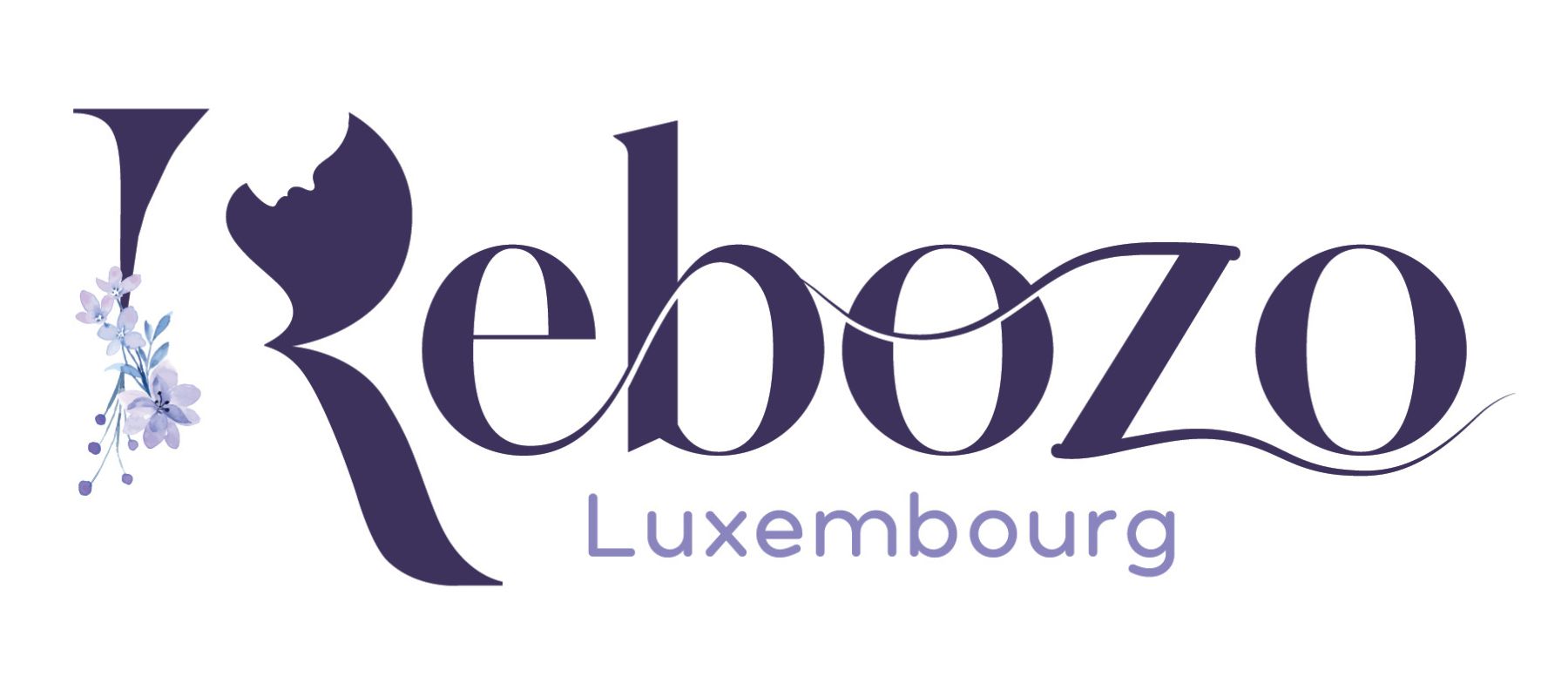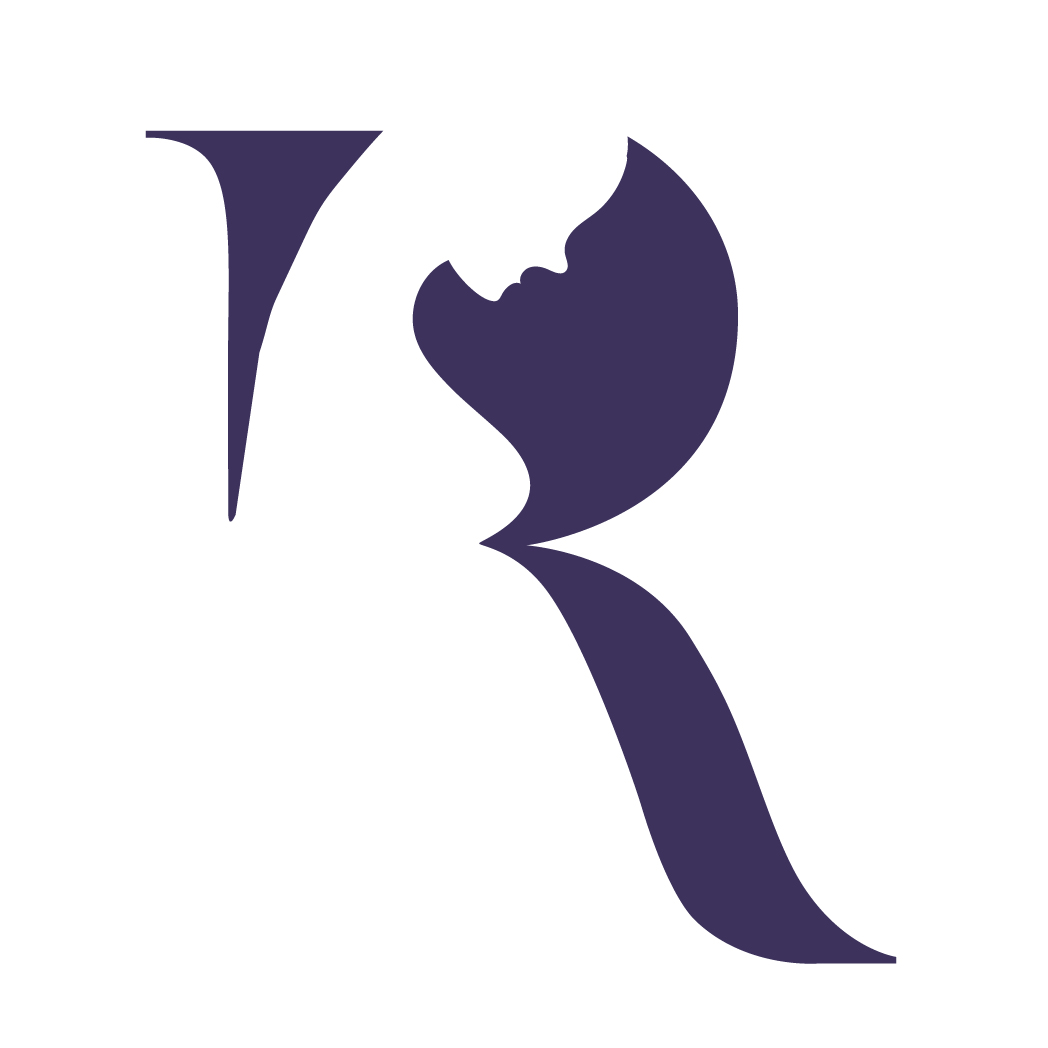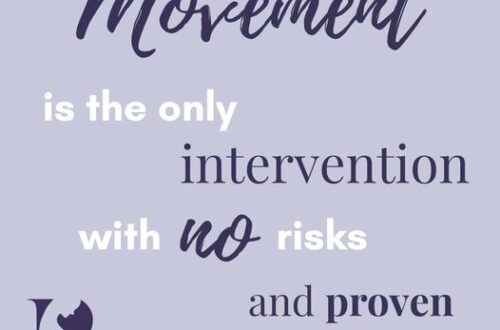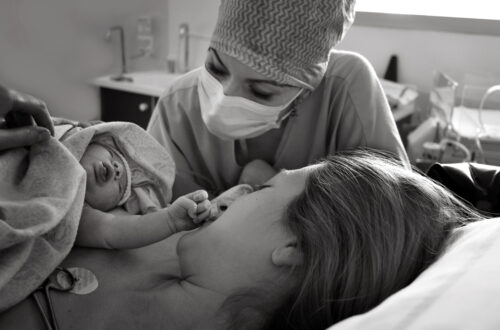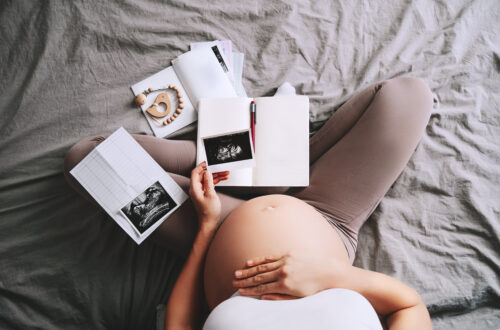Ring slings: practical and long-lasting
On this post I will talk about ring slings, are a very practical type of carrier that is might take you from birth until well into toddlerhood.


A ring sling is made from woven fabric (the same as woven wraps), and normally is between 1.5 – 2m long. It has a pair of rings sewn on one end, and the other end is then threaded through them.
A ringsling allows you to carry your baby on the front or on the hips, and eventually on the back (though normally there are more comfortable options for that). For carrying on the front and on the hips, it is always a one-shoulder carrier, but you can always switch sides to carry the weight on the other shoulder.
The main advantage of a ringsling is its practicity: it is super fast to use (once you overcame the initial learning curve) and it does not take up a lot of space, so you can always have one inside your backpack or on the bottom of your stroller. You can also leave it on you while you take your baby out, for instance to put them on the car seat, change the diaper, etc.
From my personal experience and from the many families I’ve received in my consultations, I identified two moments in which the ringsling seems to be the carrier of choice:
- In the newborn stage: babies do not weight a lot at this point, so even if they can stay long periods on the sling, it does not get very shoulder-heavy for the parent. It also adapts perfectly to the position of the baby, so even very curled-up newborns can be carried on a ringsling without forcing their position. On the other hand, since there are no belts or anything going around the waist, the ringsling is a carrier that is very gentle with the postpartum body and the pelvic floor.
- In the toddler phase: since putting a baby in and out of a ringsling takes only a few seconds, this is the perfect carrier for the up-down-up-down period of toddlers that are starting to walk independently and want to explore the world, but then get tired or overwhelmed fast and need cuddles and confort, only to be wanting down and walking again 5 minutes later.
The ringsling is also a very good carrier for summer and warm periods, since it consists of only one layer of fabric over the baby, and does not cover a lot of the body of the adult. I’d say it’s *the* beach carrier! And it is also probably the most breastfeeding-friendly carrier there is.
As for the disadvantages, of course, the main one is it being one-shouldered. When kids start to get heavier, the weight distribution might start to be uncomfortable for the wearer. This is true specially for thin fabrics of materials that are not particularly supportive or cushy (as cotton). A solution for this could be to go to higher gsms and blends including materials such as wool or linen, but even in this case it is very unlikely that you would carry a bigger baby for long periods on a ringsling.
But there exist other carriers for that, and that is why I always say that I think the ringsling is the perfect second-carrier, to complement with something more versatile. I personally still use a ringsling most days on my crèche drop-off/pick up, even though my son is already over 2 years old. So if you are considering getting a ringsling, you can know you’ll get your money’s worth 🙂
If you want to try on a ringsling, among other different carriers, get a fit check and even try different weights and blends, you can do so at any of my babywearing consultations and workshops. I have one coming up next month at Centre Lunata!
Below you can also see a demonstration of me using a ringsling with my second when he was 3 weeks old 🙂


